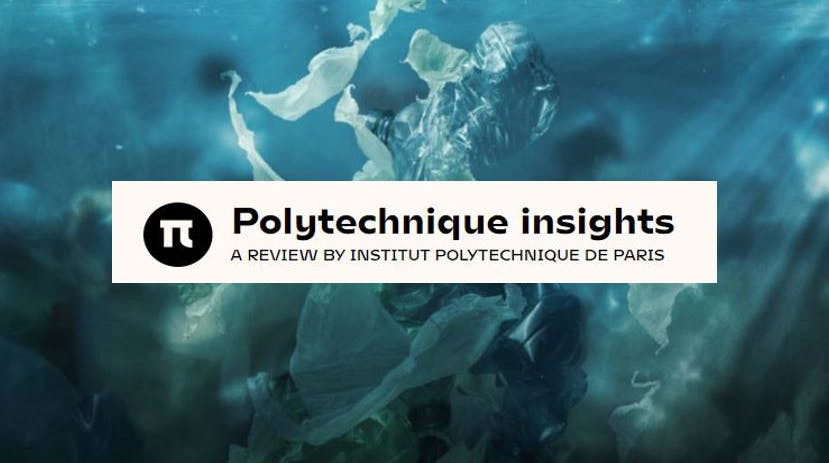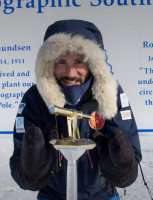Microplastic Pollution in the Ocean Contributes to Antibiotic Resistance Dr. Maria Belen Sathicq

Source : Polytechnique Insights
It is now well known that the widespread use of antibiotics – to treat patients, but especially to treat farm animals – has accelerated bacterial resistance to these treatments, rendering many ineffective. Also, no new antibiotics have been discovered in decades, putting us at risk of a future without them – leaving humans vulnerable to microbial infections. The growing phenomenon of antibiotic resistance therefore represents one of the most serious threats to human and animal health today. And a better understanding of the different drivers of this resistance is becoming urgent.
Recently, researchers established a connection between this problem and another major issue of our time: the microplastic pollution in the sea. These plastic particles, less than 5mm in size, come from the degradation of plastic waste, or directly from certain products themselves, such as cosmetics. Because of their small size, microplastics found in water (oceans, lakes, rivers) are often ingested by aquatic animals, but also by humans since they can be present in tap water and bottles. They are suspected of having harmful effects on health, and studies to better understand the risks involved are currently being conducted.
Over the past decade, when microbial samples from microplastics floating in the seas and oceans were studied, pathogenic bacteria capable of infecting humans of the Vibrio, Salmonella or Legionella family were found. Furthermore, many of these bacteria carry the genes for antibiotic resistance. Normally, these bacteria are not present in marine waters because they cannot survive in water pH and salinity, or due to other environmental factors, but over time their presence in coastal waters has increased. This is mainly due to the discharge of domestic, industrial or agricultural wastewater in the sea… but also of microplastics. The association between microplastics and pathogenic bacteria seems to be responsible for the longevity of these bacteria in marine environments, their reproduction, and their transport to regions far from the place of discharge into the sea. Biologist Maria Belen Sathicq, post-doctoral fellow at IRSA (CNR), is studying this microbial ecology through the AENEAS research project.
What are the main dangers of the microplastic/antibiotic resistant bacteria binomial for human and environmental health?
Plastic pollution has a major impact on commercial fishing and aquaculture activities. When microplastics accumulate in the tissues of marine animals, they also contaminate all levels of the food chain, right up to our plates. But plastic debris also provides a floating substrate that acts as a carrier for harmful algae, organic pollutants and potentially pathogenic microorganisms. In addition, microplastics can facilitate the transfer of genes for antibiotic resistance to aquatic animals that ingest or filter them… and then to consumers of fish and seafood, especially when ingested raw.
Read the full article on Polytechnique Insights
June 14, 2021


